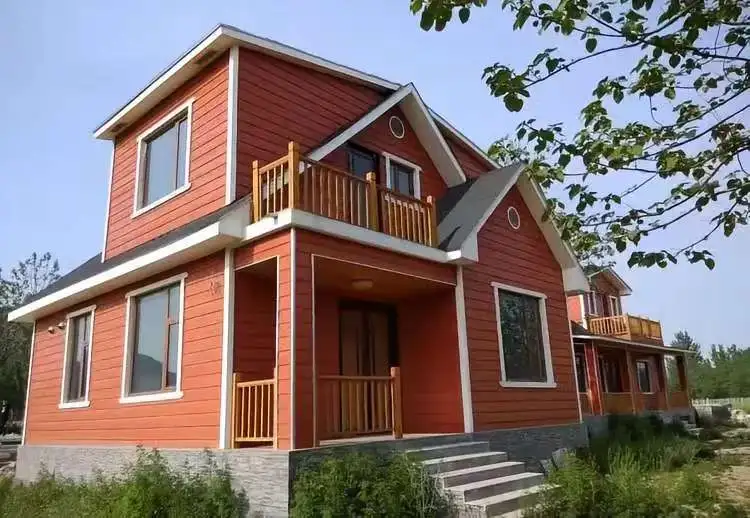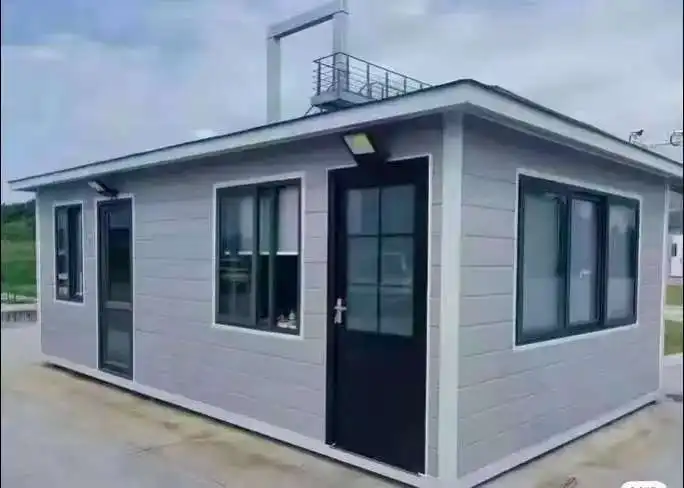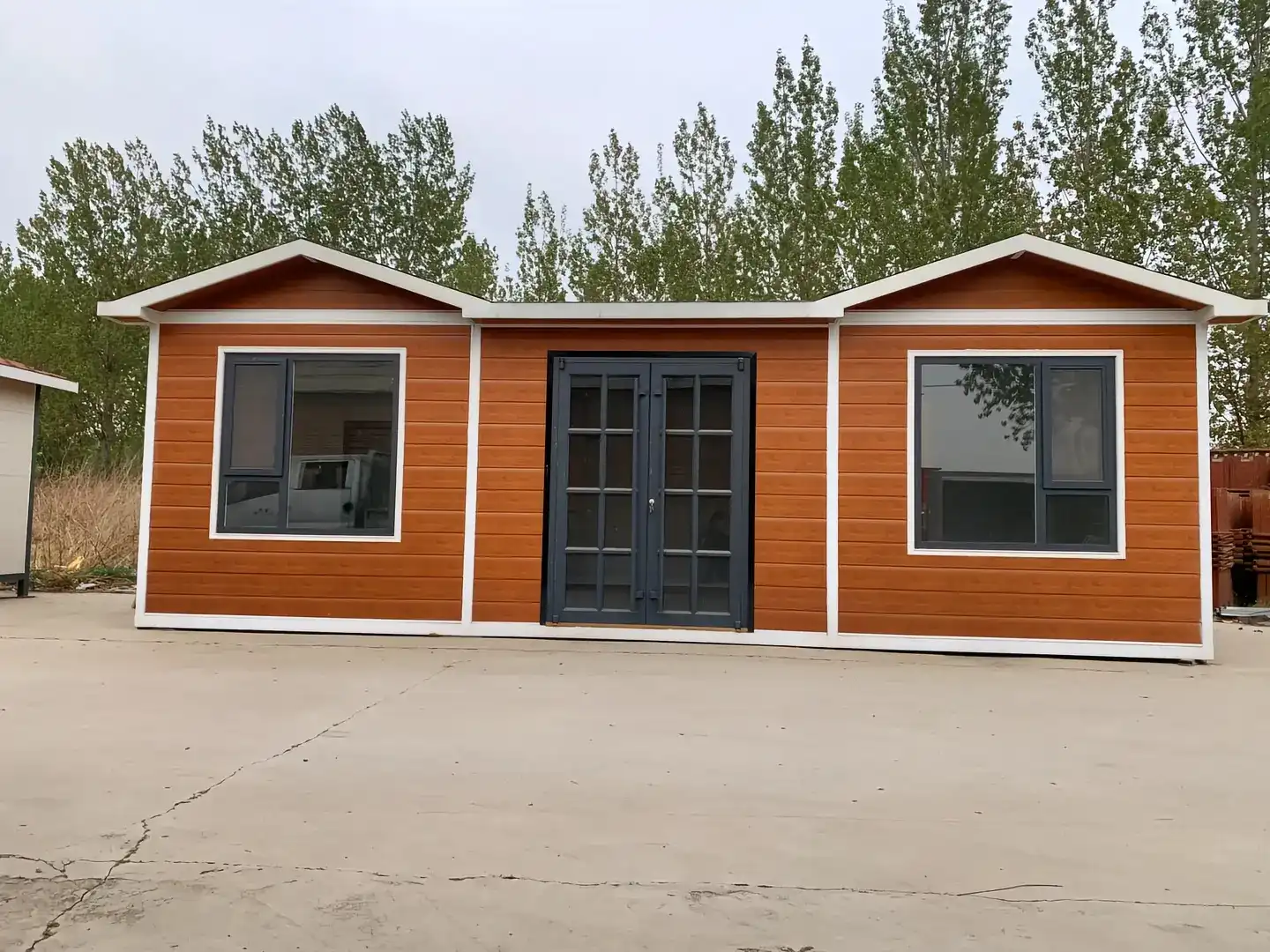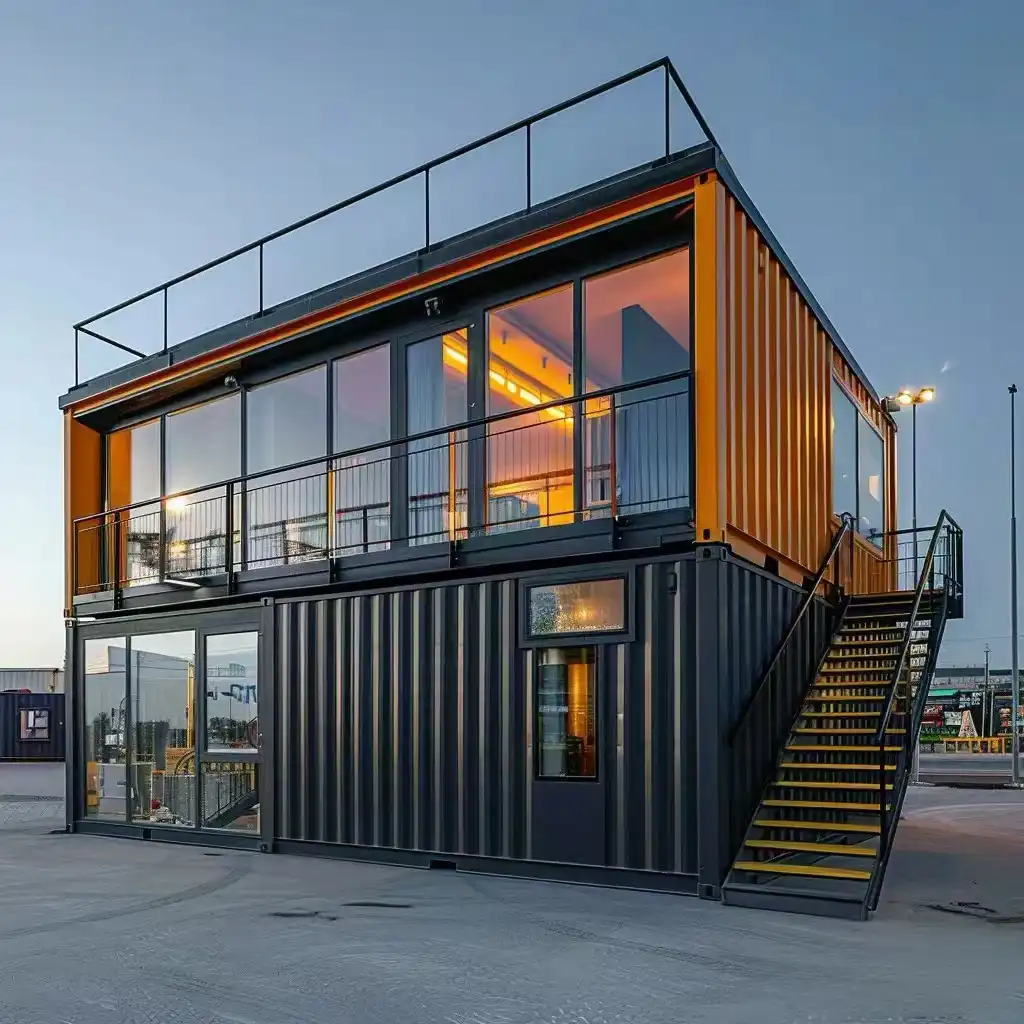Transforming your office space has never been easier or more efficient than with decorative wall insulation panels. These innovative solutions offer a perfect blend of style, functionality, and energy efficiency. By upgrading your office walls with these panels, you're not just enhancing the aesthetic appeal of your workspace; you're also improving thermal insulation, reducing energy costs, and creating a more comfortable environment for your employees. Decorative wall insulation panels come in a wide array of designs, colors, and textures, allowing you to customize your office's look while reaping the benefits of superior insulation. Let's explore how these versatile panels can revolutionize your office space.
The Multifaceted Benefits of Decorative Wall Insulation Panels
Aesthetic Appeal Meets Practical Functionality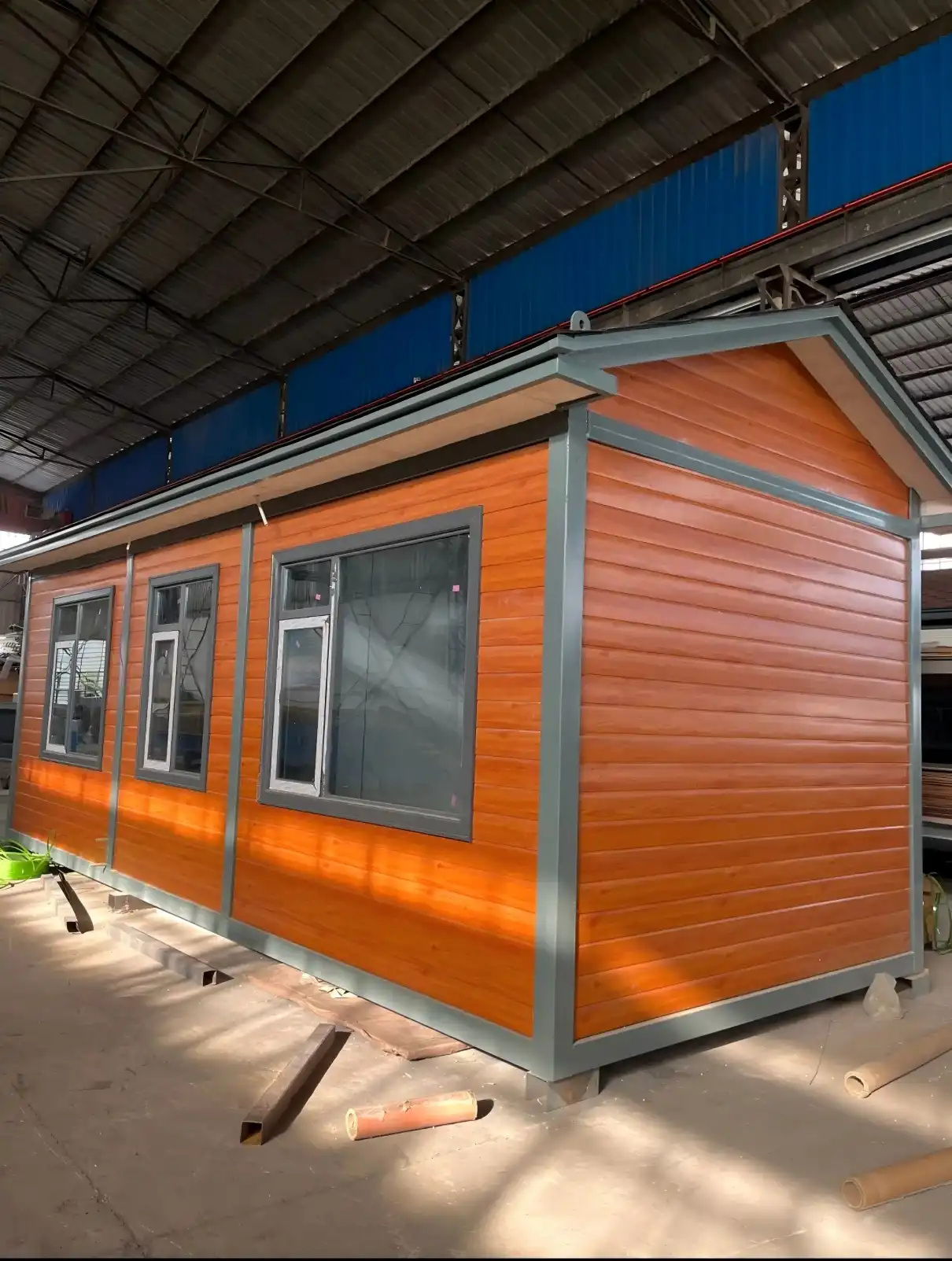
Decorative wall insulation panels offer an unparalleled combination of visual appeal and practical benefits. These panels come in a myriad of designs, from sleek modern patterns to classic textures, enabling you to create a unique atmosphere that aligns with your brand identity. The customizable nature of these panels allows for unlimited design options, ensuring that your office space stands out while maintaining a professional ambiance.
Beyond their aesthetic qualities, these panels serve as an effective thermal barrier. With a thermal conductivity of just 0.018W/m.k and a thermal resistance of 2.09m2k/w, they efficiently regulate indoor temperatures. This insulation prowess translates to reduced energy consumption for heating and cooling, leading to significant cost savings over time.
Durability and Safety: A Long-Term Investment
When it comes to office renovations, longevity is key. Decorative wall insulation panels excel in this aspect, offering corrosion-free durability that resists weathering and environmental damage. This resilience ensures that your office walls maintain their appealing look for years to come, minimizing the need for frequent replacements or touch-ups.
Safety is another crucial factor in office environments. These panels boast a fire-protection rating of B1/B2, providing peace of mind with their non-flammable materials. Additionally, with a waterproof rate of 0.0008, they offer excellent protection against moisture intrusion, preventing potential water damage and mold growth.
Eco-Friendly and Cost-Effective Solutions
In an era where sustainability is paramount, decorative wall insulation panels stand out as an eco-friendly choice. Manufactured using sustainable materials, these panels contribute to green building practices, aligning with corporate sustainability goals and potentially qualifying for green building certifications.
The cost-effectiveness of these panels extends beyond their energy-saving properties. Their simplified installation process streamlines both wall decoration and insulation, reducing labor costs and minimizing disruption to your office operations. With customizable designs available, you can achieve a premium look without breaking the bank, making decorative wall insulation panels a smart investment for businesses of all sizes.
Technical Specifications and Installation
Dimensions and Material Composition
Decorative wall insulation panels are available in various dimensions to suit different office layouts. For interior applications, panels typically have a thickness of 10mm and a width of 450mm. Exterior panels are slightly thicker, ranging from 16mm to 20mm, with a width of 383mm. The surface material thickness can vary between 0.23mm, 0.25mm, and 0.27mm, allowing for customization based on specific requirements.
These panels are engineered to withstand environmental stresses, boasting a wind resistance of 8.0 Kpa and a compressive strength of 52.7kpa. This robust construction ensures that the panels maintain their integrity and appearance even in challenging conditions.
Installation Methods and Considerations
Installing decorative wall insulation panels is a straightforward process, thanks to their user-friendly design. There are several mounting methods available:
- Mechanical fastening: Ideal for secure installation on various wall types
- Adhesive application: Suitable for smoother surfaces and where minimal surface penetration is desired
- Furring strips: Provides enhanced stability and allows for additional insulation if needed
The choice of installation method depends on factors such as wall condition, desired finish, and specific building requirements. Professional installation guidance is available to ensure optimal results and maximize the benefits of these innovative panels.
Transforming Office Spaces: Case Studies and Design Ideas
Success Stories: Offices Revitalized
Numerous businesses have experienced remarkable transformations after upgrading their office walls with decorative insulation panels. For instance, a tech startup in Silicon Valley reported a 30% reduction in energy costs after installing these panels, along with a noticeable improvement in acoustic comfort. The sleek, modern design of the panels also contributed to a more inspiring work environment, boosting employee morale and productivity.
Another case study involves a law firm in New York that opted for classic wood-textured panels. The firm not only achieved a sophisticated, professional look but also noted a significant decrease in their HVAC expenses. The improved insulation properties of the panels helped maintain consistent temperatures throughout the office, eliminating cold spots and enhancing overall comfort.
Creative Design Applications
Decorative wall insulation panels offer versatile design possibilities. Some innovative applications include:
- Creating accent walls to highlight specific areas of the office
- Using contrasting panel colors to delineate different departments or zones
- Incorporating company logos or brand colors into the panel design for a cohesive look
- Mixing and matching textures to add visual interest and depth to large wall spaces
These creative approaches demonstrate how decorative wall insulation panels can be leveraged not just for their functional benefits, but also as a powerful tool for expressing corporate identity and enhancing the overall office ambiance.
Future Trends in Office Design with Insulated Panels
As office design continues to evolve, decorative wall insulation panels are poised to play an increasingly significant role. Emerging trends include:
- Integration of smart technology within panels for enhanced climate control
- Development of panels with improved sound-absorbing properties for open-plan offices
- Incorporation of biophilic design elements to bring nature indoors and improve well-being
- Use of recycled and upcycled materials in panel production for increased sustainability
These advancements suggest that decorative wall insulation panels will continue to offer innovative solutions for modern office spaces, combining aesthetics, functionality, and sustainability in increasingly sophisticated ways.
Conclusion
Upgrading office walls with decorative insulated panels represents a smart, stylish, and sustainable choice for businesses looking to enhance their workspace. These versatile panels offer a perfect blend of aesthetic appeal, energy efficiency, and durability, making them an ideal solution for modern office environments. By investing in decorative wall insulation panels, companies can create inspiring workspaces that not only look great but also contribute to reduced energy costs and improved employee comfort.
As office design continues to evolve, these innovative panels are set to play a crucial role in shaping the workplaces of the future. For more information on how decorative wall insulation panels can transform your office space or to explore our range of exterior cladding and facade solutions, please don't hesitate to contact us at info@sdqsc.com. Our team of experts is ready to help you find the perfect solution for your office upgrade needs.
References
1.Zhang, L., & Wang, Y. (2022). Advances in decorative wall insulation panels for office buildings: Energy efficiency and design integration. Journal of Building Engineering, 45, 103-115.
2.Smith, J. A., & Roberts, M. T. (2021). Thermal performance and acoustic benefits of insulated wall panels in commercial office spaces. Energy and Buildings, 231, 110557.
3.Kim, H. J., Lee, S. Y., & Park, J. H. (2020). Fire resistance and durability characteristics of polyurethane-based decorative wall panels. Construction and Building Materials, 263, 120256.
4.González, R., & Martínez, F. (2019). Sustainable materials in interior wall applications: A review of decorative insulated panels. Sustainable Cities and Society, 48, 101548.
5.Thompson, L., & Patel, R. (2023). Impact of decorative insulated wall panels on indoor environmental quality and employee productivity. Journal of Environmental Psychology, 85, 101876.
6.Chen, X., & Liu, Z. (2022). Innovations in installation techniques for decorative wall insulation systems in commercial buildings. Building Research & Information, 50(5), 540-555.

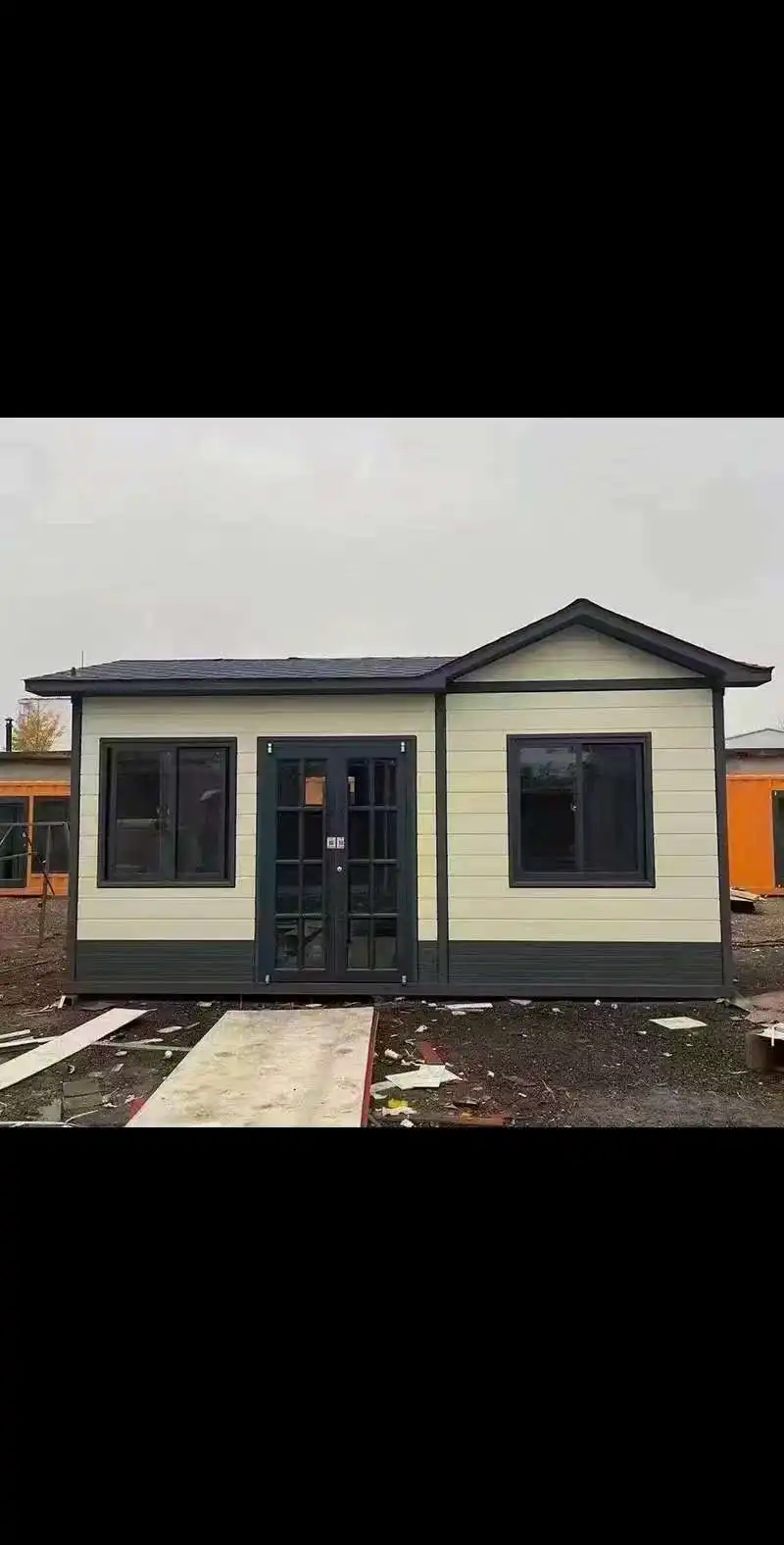

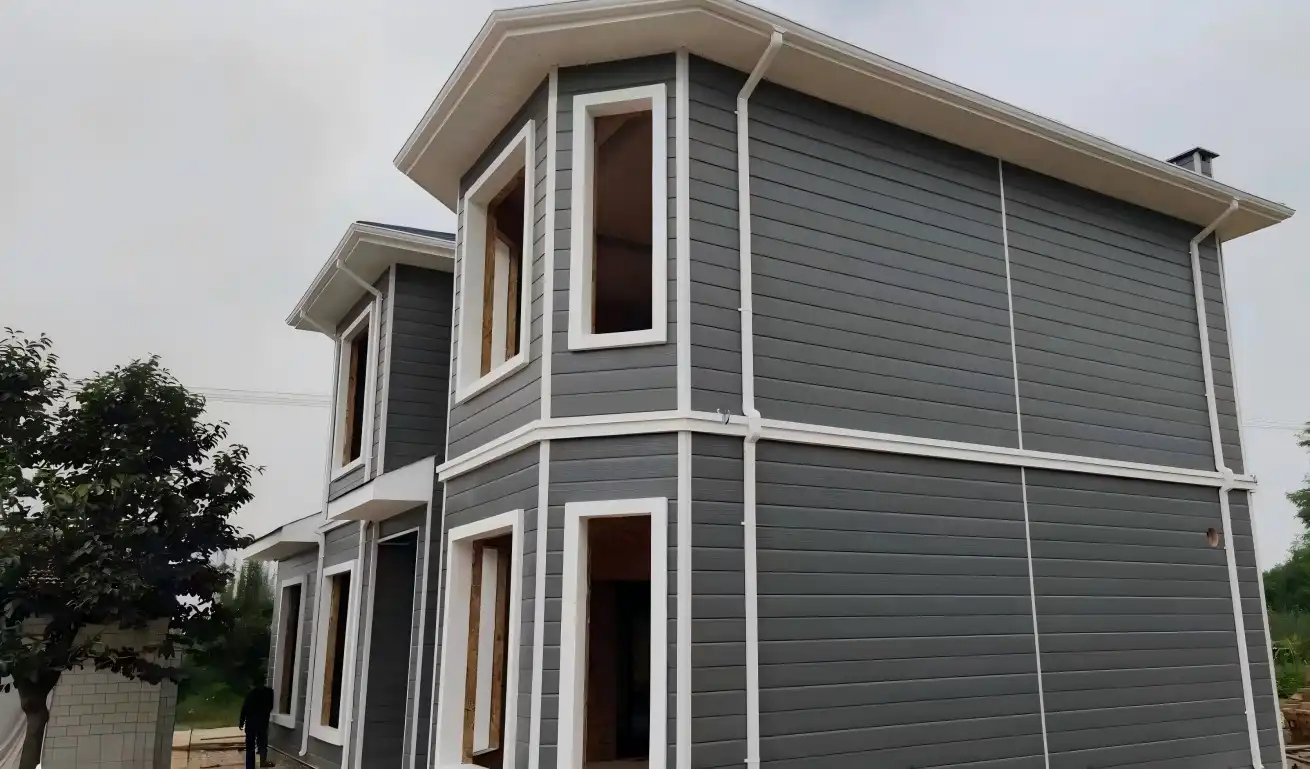
.jpg改.webp)
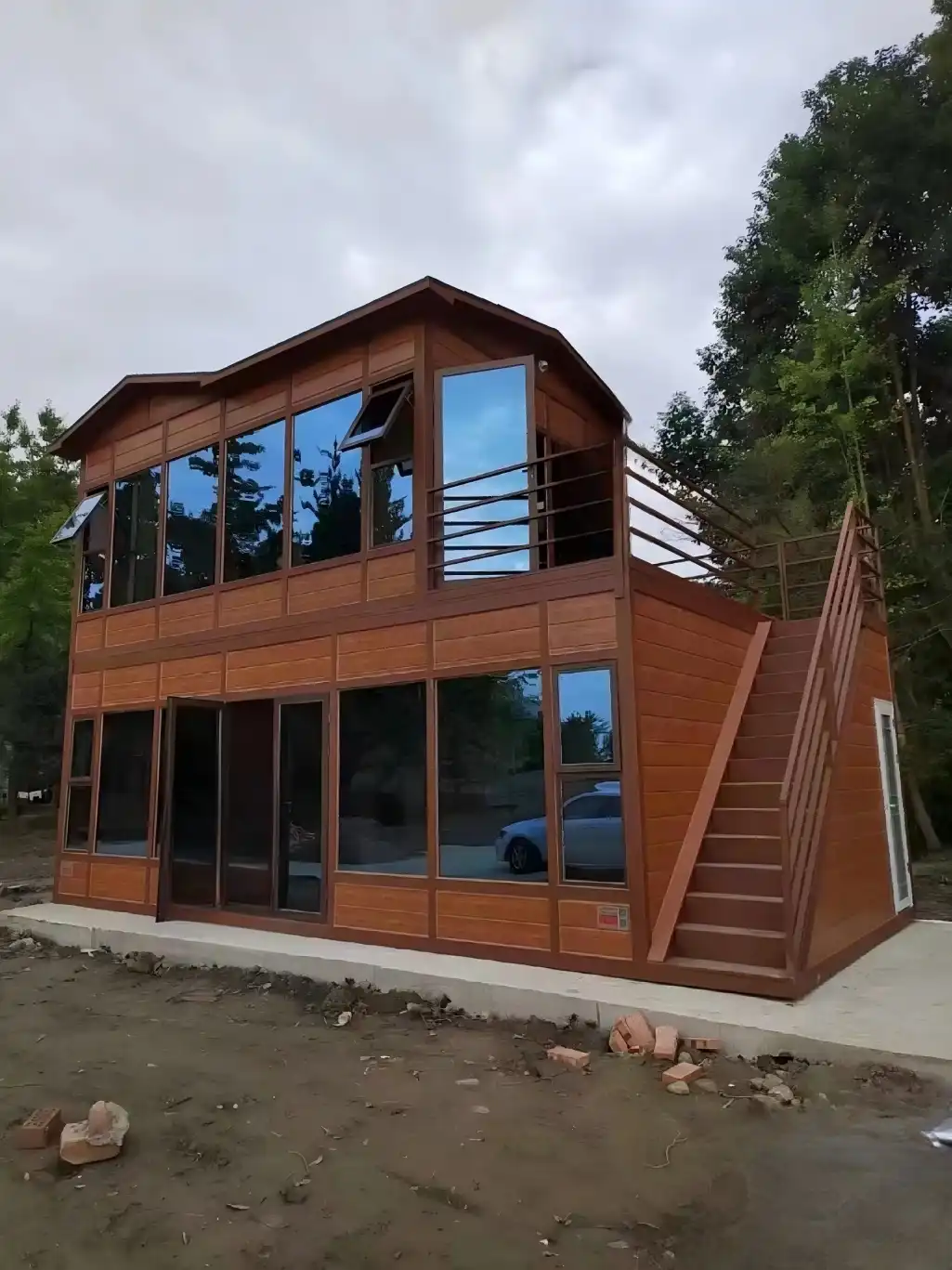
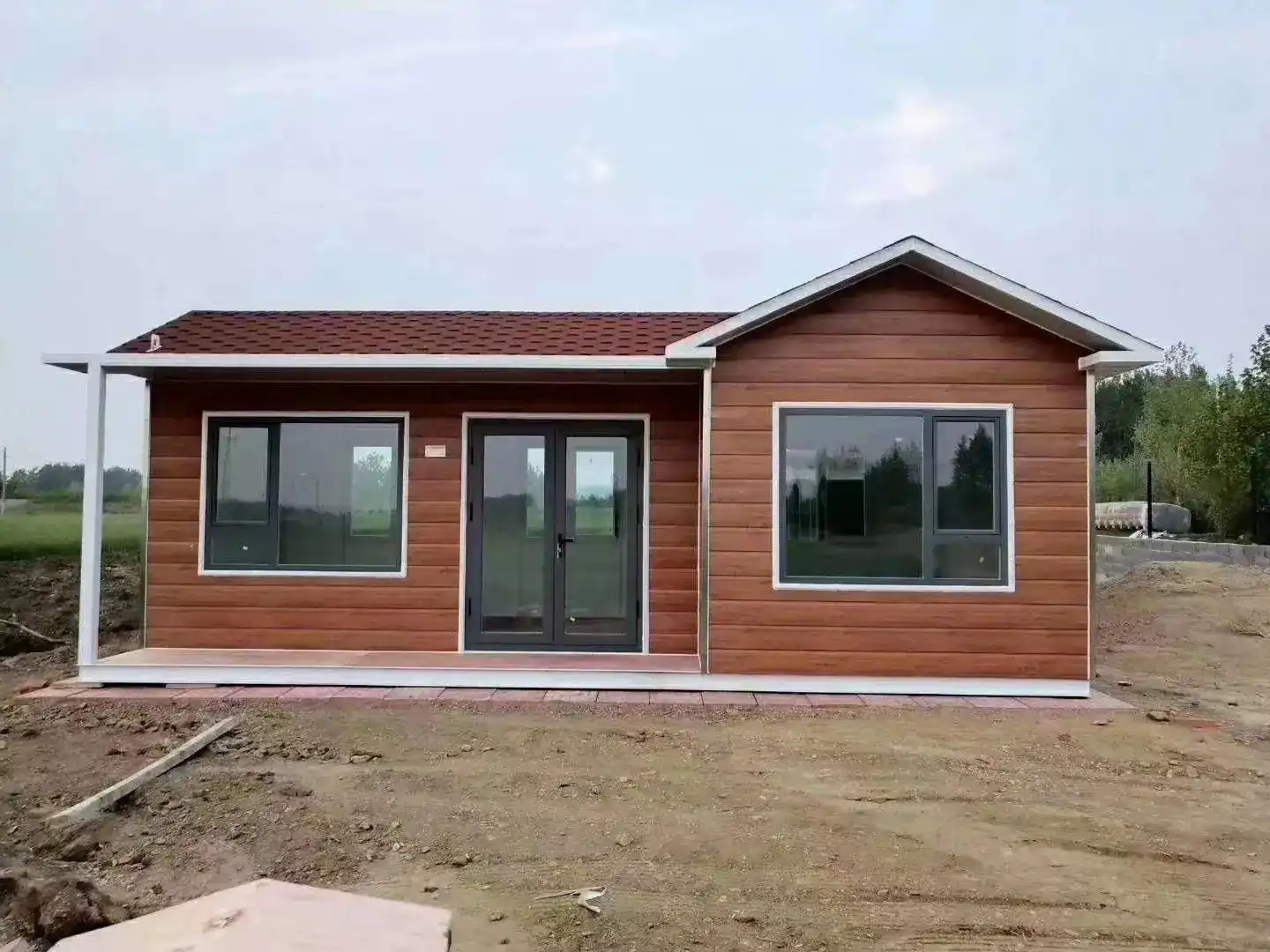
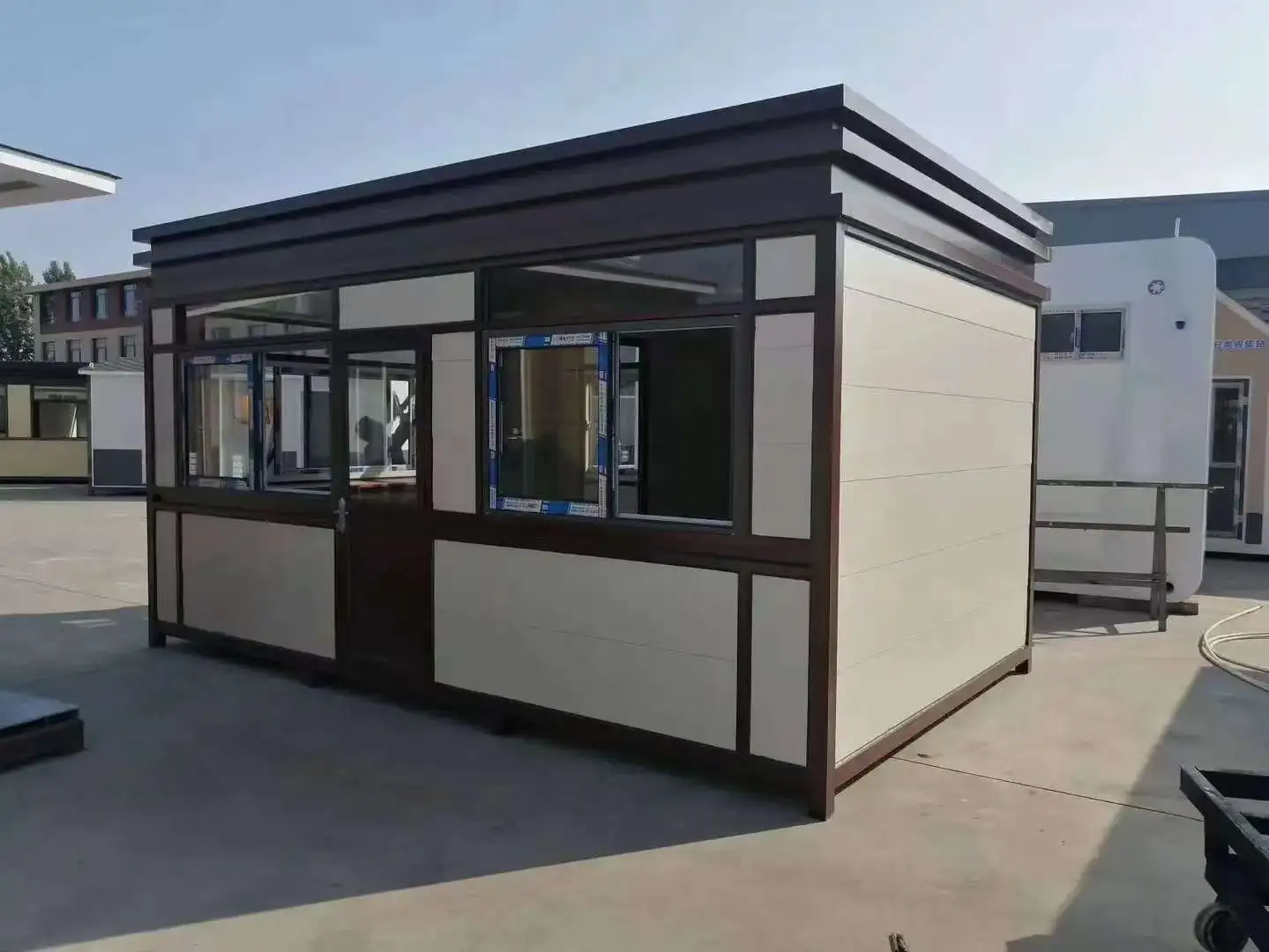
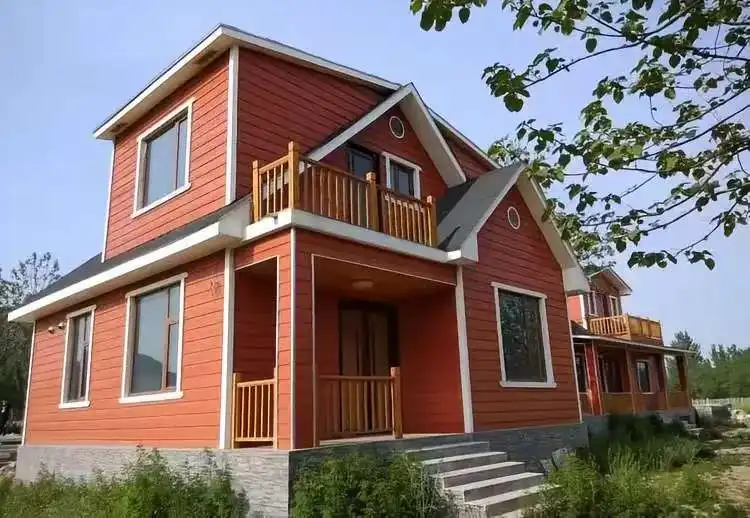
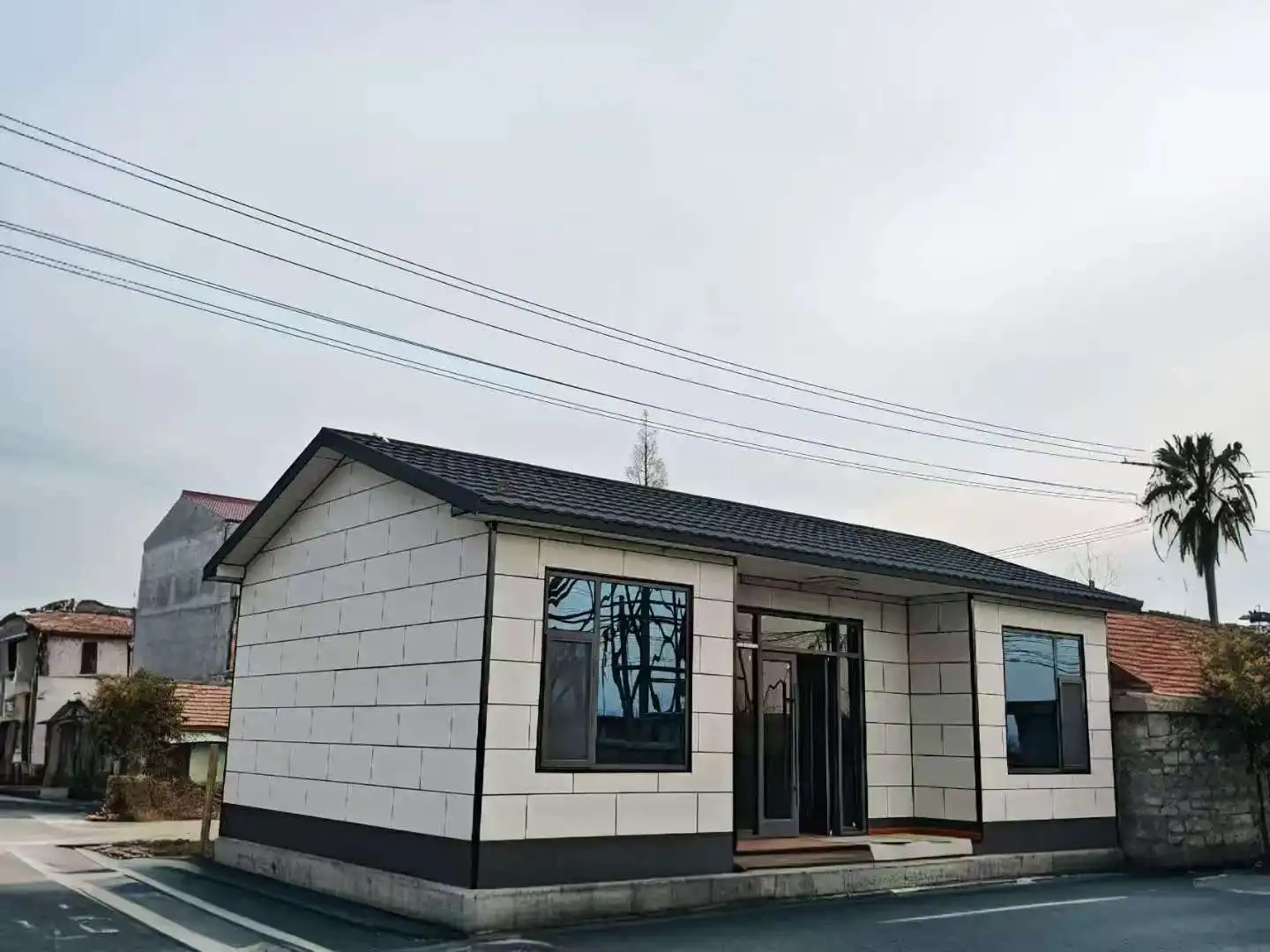
.jpg高.webp)
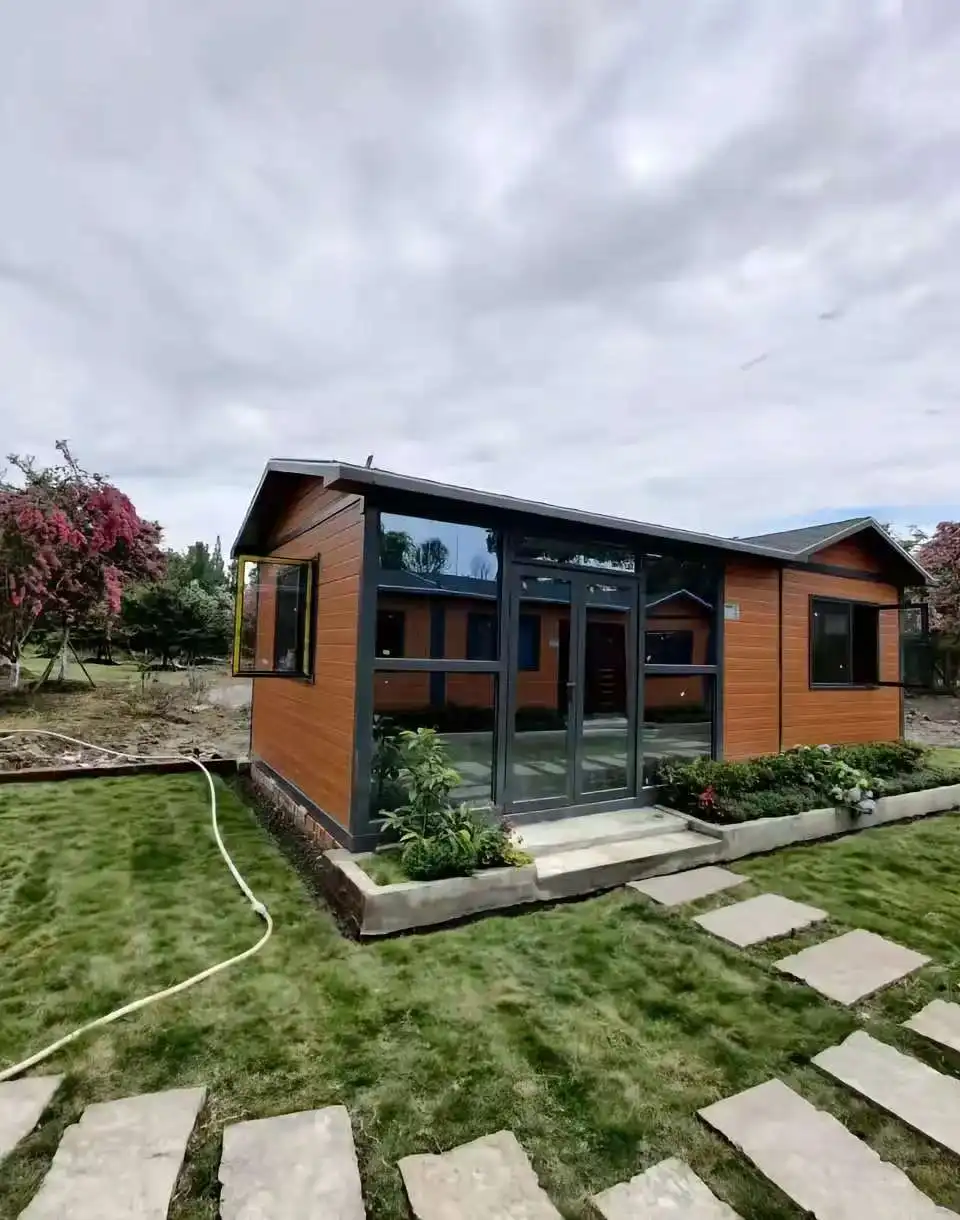
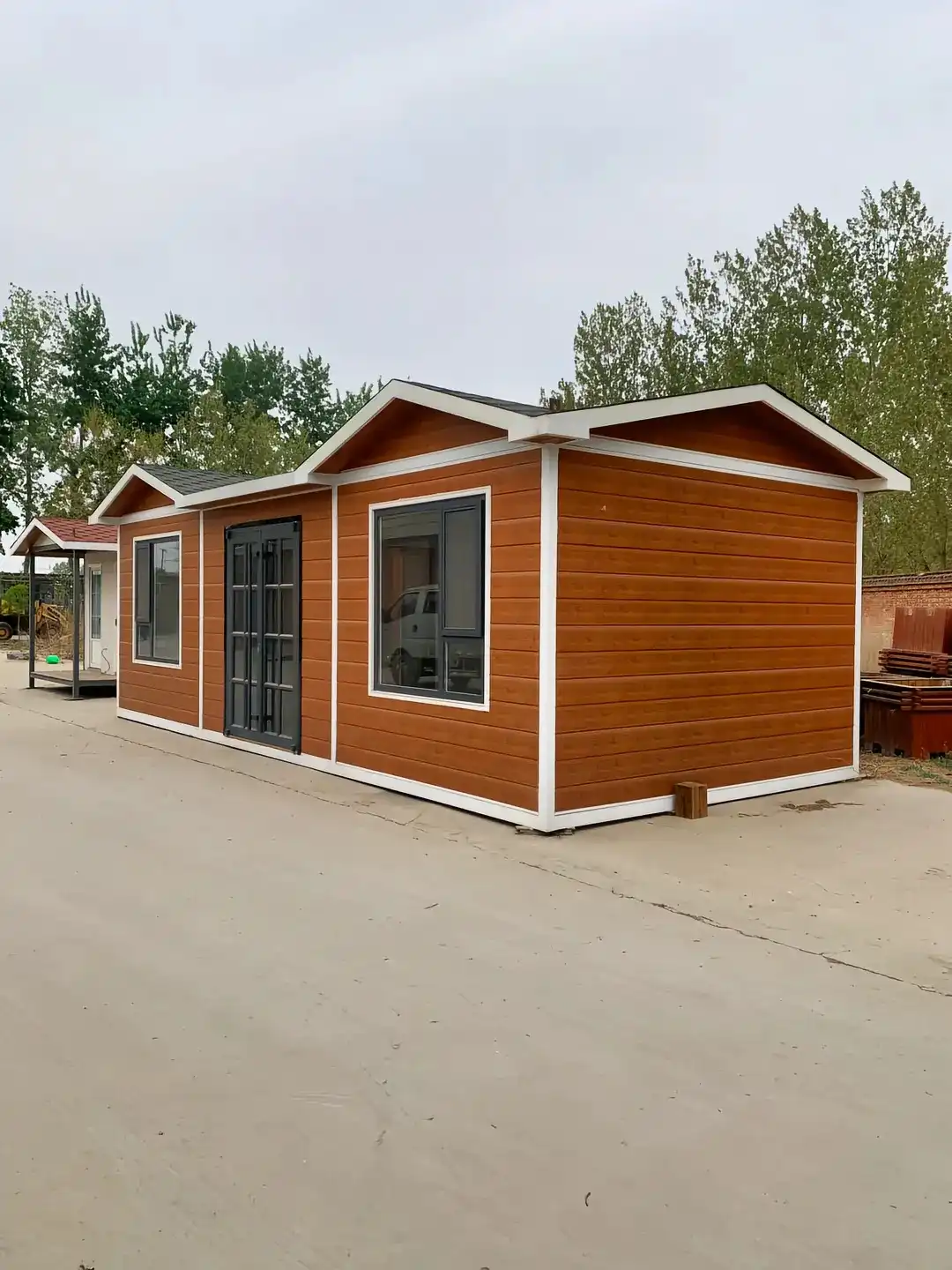
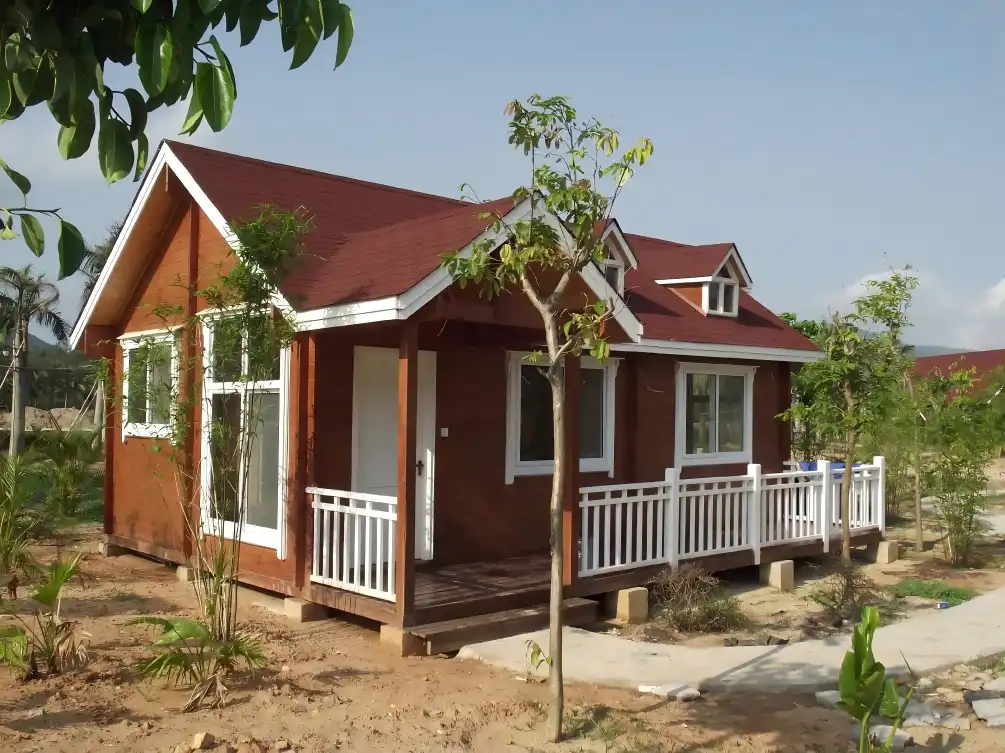
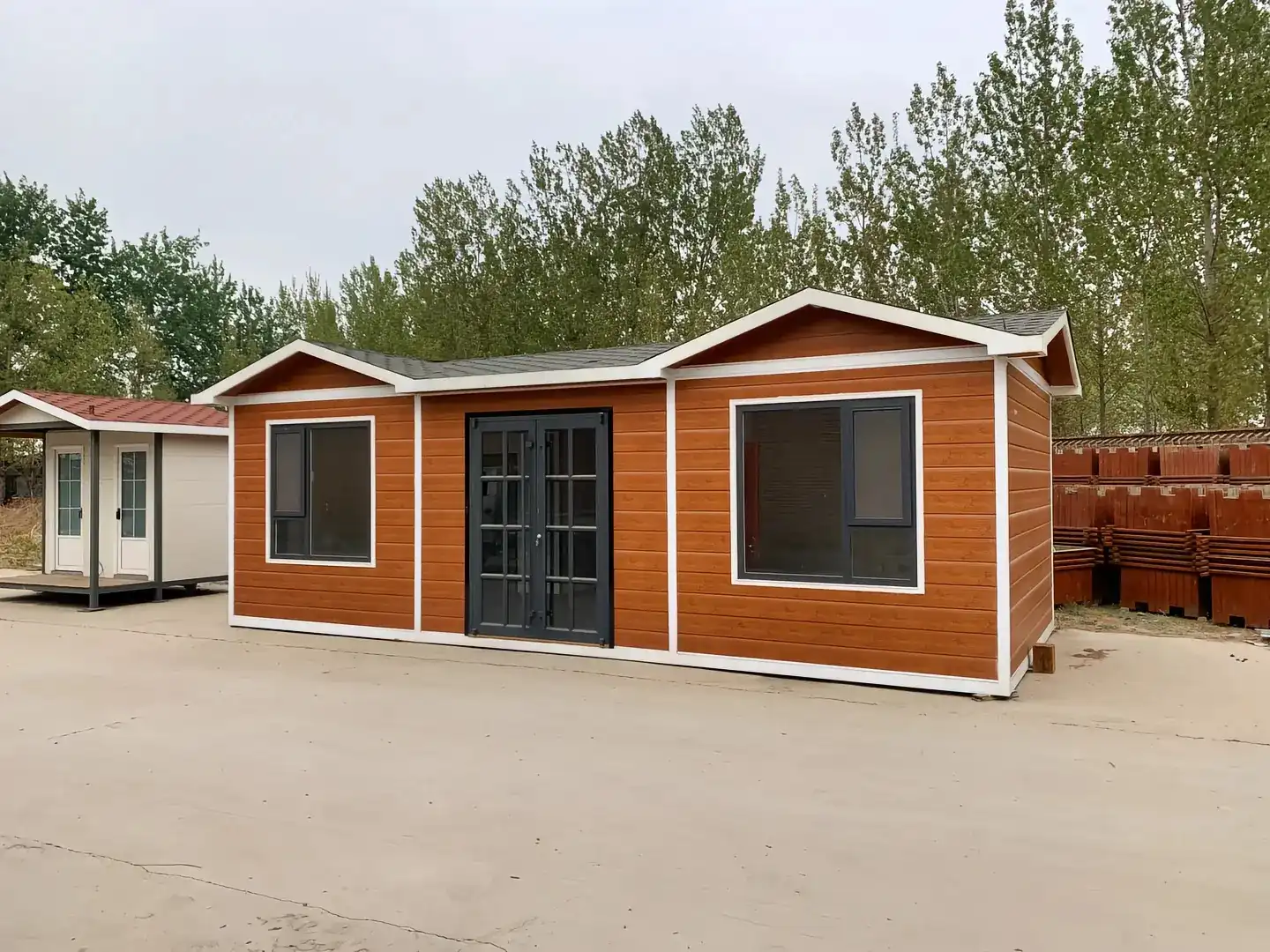
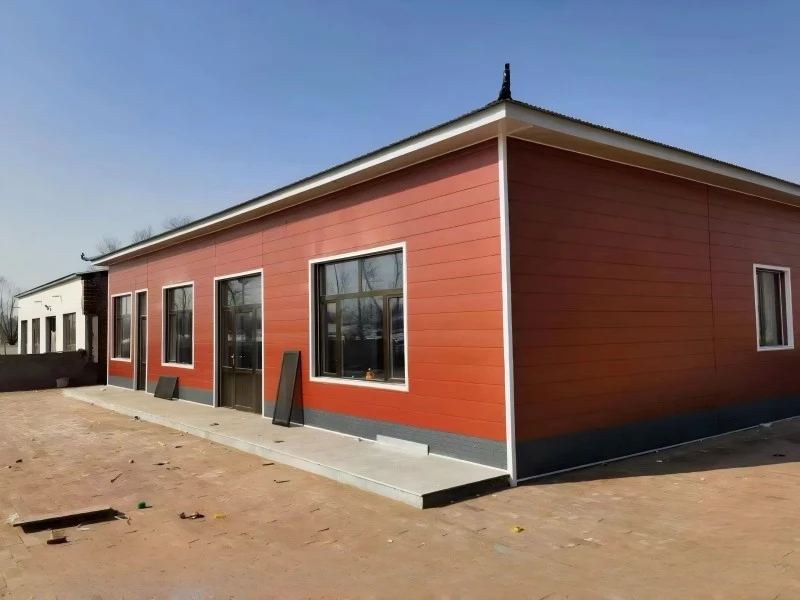
.jpg改.webp)
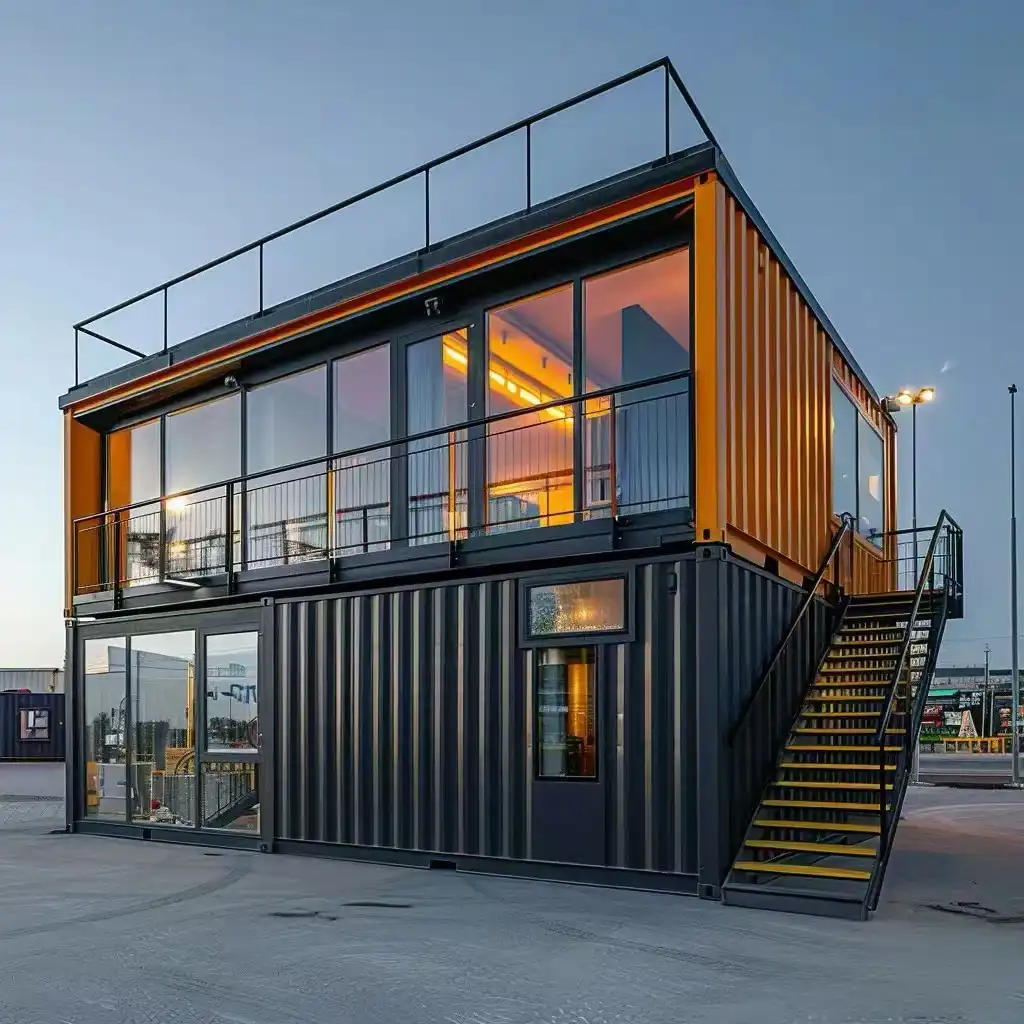
.jpg改.webp)
